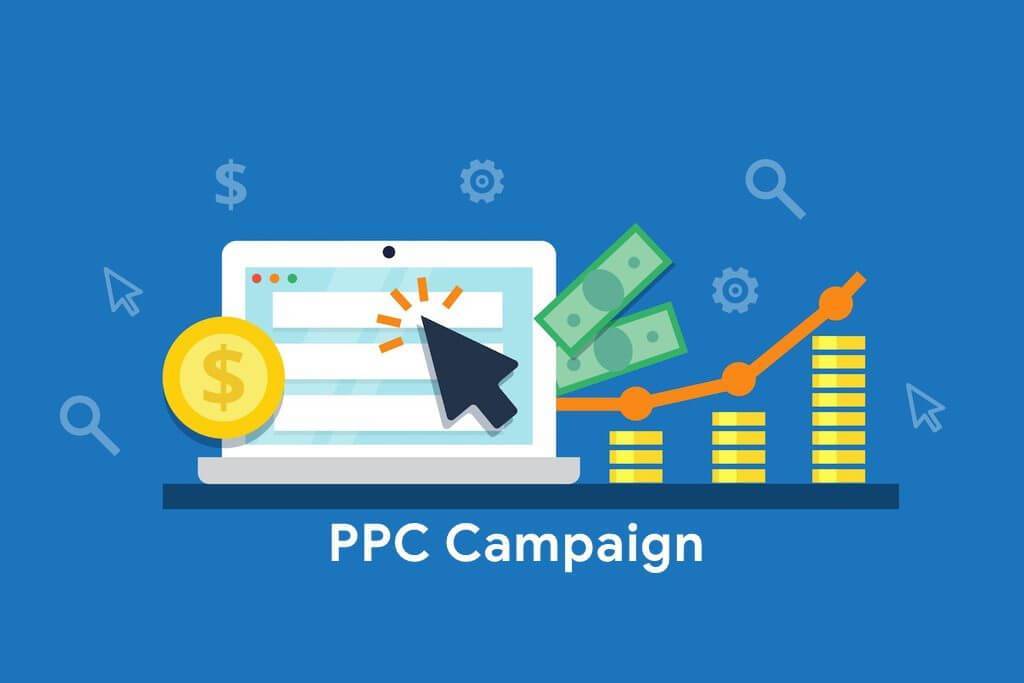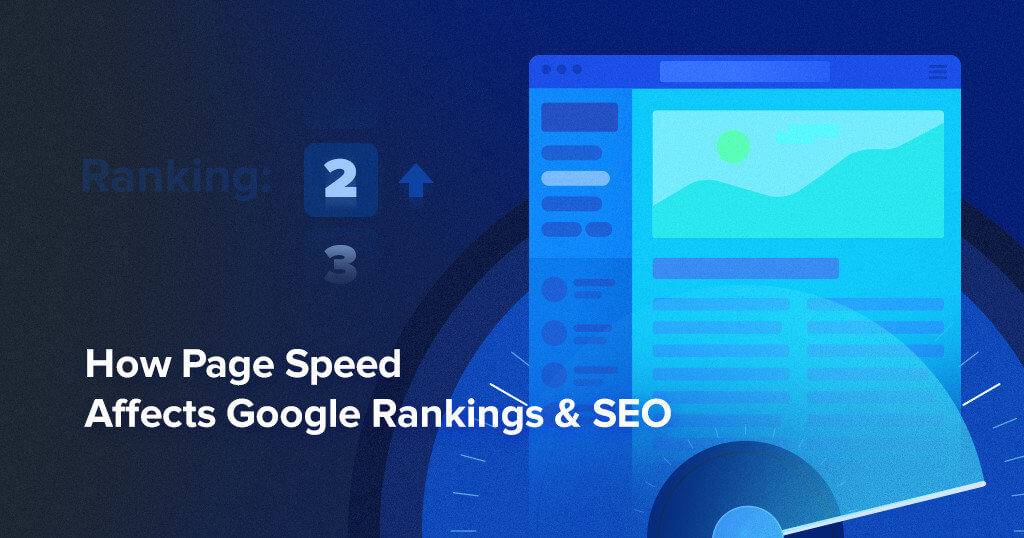For a small business, the outcome of a successful PPC (pay per click) advertising campaign on Google may determine whether it will survive or not. Over the past five years, almost all verticals’ average cost per click (CPC) has risen steadily, and the recession does not generally appear to have had much of an impact on it. In order to have readers of this blog succeed with their pay-per-click campaigns, I have put up a brief set of tutorials.
Reporting and Monitoring a Successful PPC Campaign:
Pay per click is essentially a straight-forward marketing channel where you pay for website clicks that you then attempt to turn into paying customers. When you start examining the connections between related keywords, it does become more intricate, but this can be a diversion from getting the fundamentals correct.
Good data at the keyword level is a basic requirement for a successful PPC agency in Faridabad. This entails being able to examine the performance of each particular term in your account so that you can decide what to do with that phrase moving forward.
For Successful PPC marketing to be successful, you need good data:
I’ll presume that your goal for these courses is to sell a product or service on your website, as this is how most businesses gauge performance.
You must then convert the customer over the phone or by email/mail. Therefore, you just need to apply your lead-to-sale conversion rate to this procedure. The principle is the same for leads; the only difference is that there is an additional step in the conversion funnel.
You require two reports to track a keyword’s performance over any time period; essentially, your cost data from Google and your sales data from your database.
1) You may run a variety of reports in Google Ad Words to check the effectiveness of your Ads. The Google keyword report is most likely the most popular of these studies. You can find your cost information from the Google keyword report by clicking on the keyword tab in your Google account, choosing the relevant period range, and then looking for a downward-pointing arrow. (download) button. Press that button, name the file, and then click download.
2) You will need a report on your sales data from your database/web analytics tool (if you have one) by keyword, with a column similar to the Google keyword report. This keyword report may include the match type appended, such as [Google PPC] for exact match, “Google PPC” for phrase match, or “Google PPC” for broad match.
In order for your database to record the sale against the specific parameter when someone visits your site, you could also tag all keyword destination URLs with a distinctive numerical parameter. Then, you may use this parameter to compare your costs and sales statistics.
Recognize your PPC marketing objectives and use them to improve your performance:
What is your company’s goal for this year? Is it merely a rise in revenue? Is it brand recognition or consumer acquisition? It will probably be one of the first two since, as a small firm, you need to see a clear direct return on your advertising budget.
If your goal is revenue growth, a pure ROI model should work well. To find the keywords that are giving you the best return on investment, just use the formula (revenue-cost)/cost at the keyword level.
Since I just want to concentrate on the fundamentals for this tutorial, I’ve omitted the quality score, which is a crucial factor to consider when evaluating the performance of your keywords. We’ll talk about this in a different tutorial on PPC agency Gurgaon.
Many retailers have discovered that the keywords that perform for them each month are not always the same. Naturally, you will have your consistently effective keywords that convert each month, but you should also prepare for the fact that there will be new keywords that convert each month as well as old keywords that brought you no results.
If you use a cost per acquisition (CPA) model, you must consider your customer lifetime value, account for fixed expenses and gross margins, and then decide how much you are prepared to pay for each new customer. This calculation must then be applied at the keyword level.







